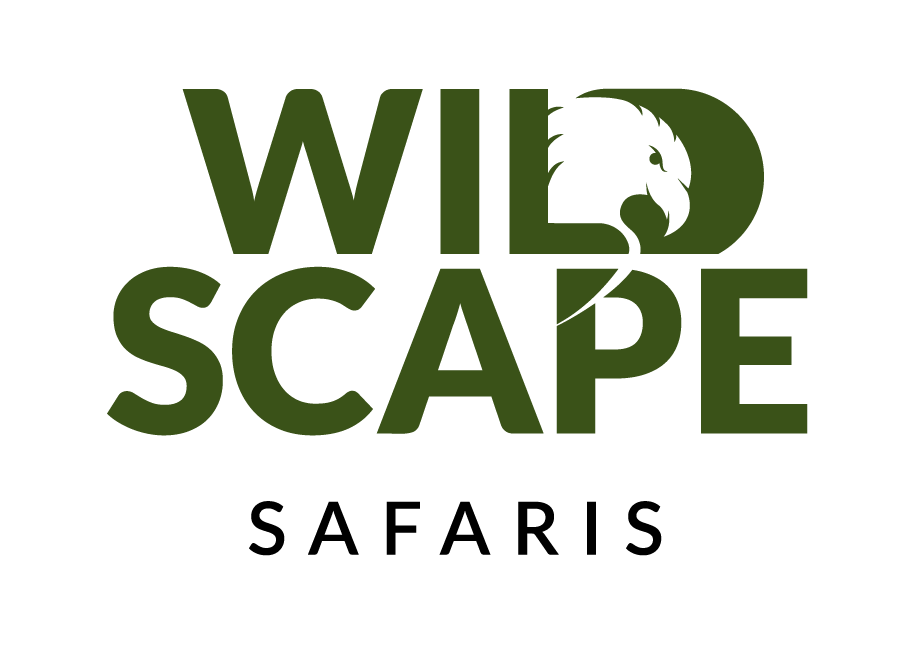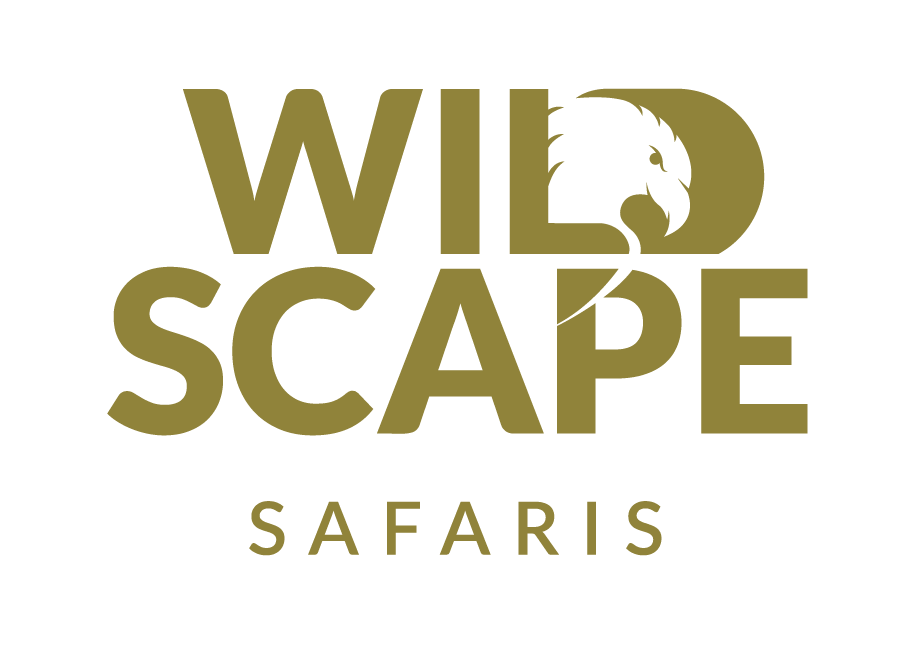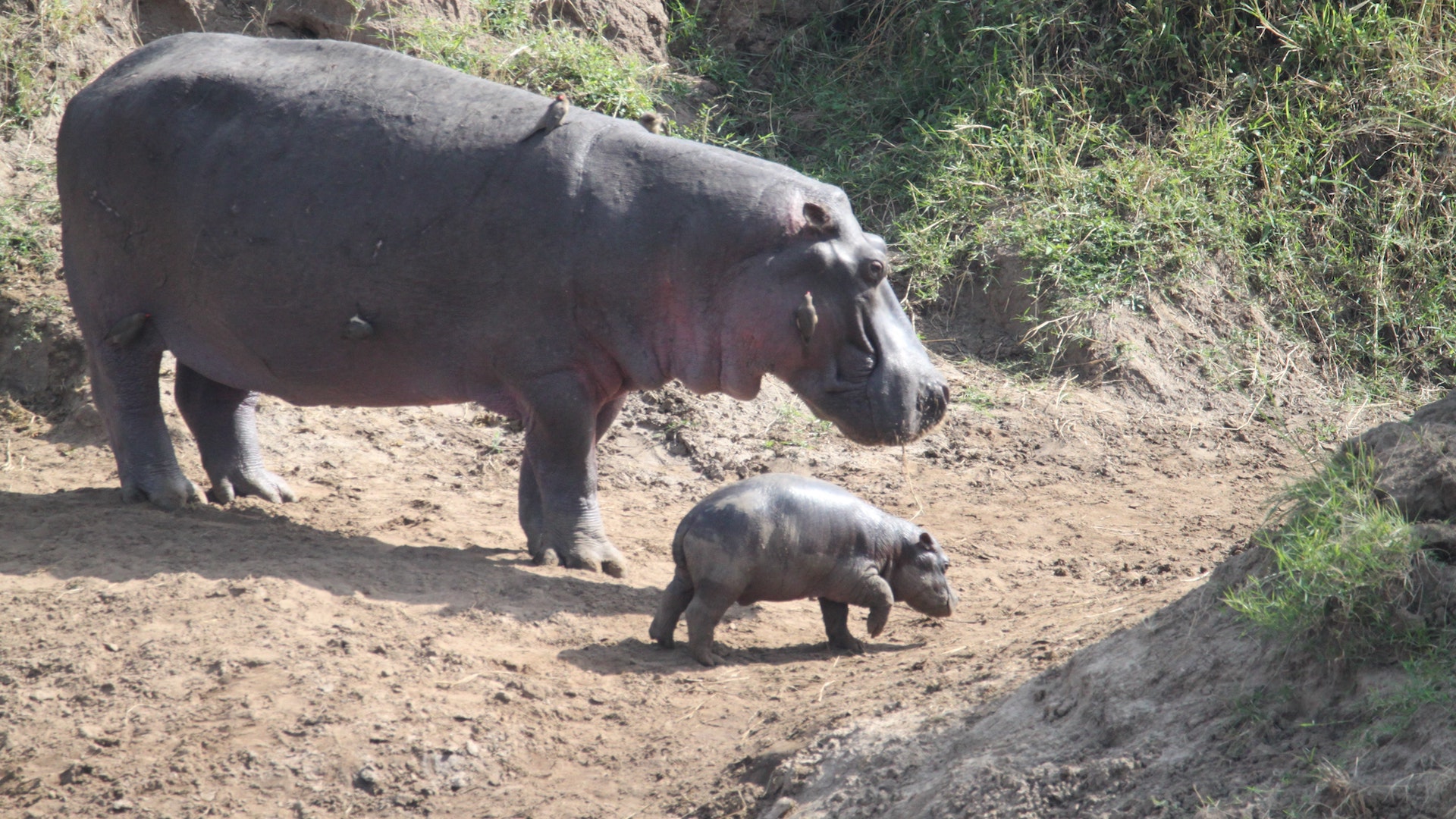A pair of fish eagles guards the gentle bay, their distinctive black, white and chestnut feather pattern gleaming boldly in the morning sun. Suddenly, the birds toss back their heads in a piercing, evocative duet. On the sandbank below, a well-
Tasty tilapia form the staple diet of the yellow-
Rubondo is more than a water wonderland. Deserted sandy beaches nestle against a cloak of virgin forest, where dappled bushbuck move fleet yet silent through a maze of tamarinds, wild palms, and sycamore figs strung with a cage of trailing taproots.
The shaggy-
Flocks of African grey parrots –
The azure brilliance of a malachite kingfisher perched low on the reeds competes with the glamorous, flowing tail of a paradise flycatcher as it flits through the lakeshore forest. Herons, storks and spoonbills proliferate in the swampy lake fringes, supplemented by thousands of Eurasian migrants during the northern winter.
Wild jasmine, 40 different orchids and a smorgasbord of sweet, indefinable smells emanate from the forest.
Ninety percent of the park is humid forest; the remainder ranges from open grassland to lakeside papyrus beds.
A number of indigenous mammal species –
About Rubondo Island National Park
Size: 240 sq km (93 sq miles).
Location: Northwest Tanzania, 150 km (95 miles) west of Mwanza.
When to go
Dry season, June-
Wet season November-
Accommodation
One luxury tented camp, park bandas and campsite.


